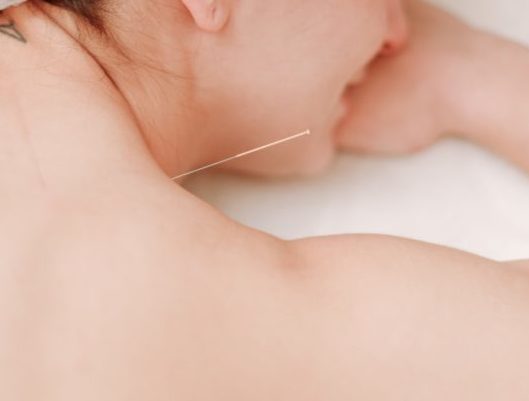Dry Needling is a drug-free needling of trigger points in the treatment of myofascial pain and dysfunction, as well as other musculoskeletal pain. It is an Acupuncture technique and as such should be performed only by professionals with an appropriate level of training such as a licensed acupuncturist or medical acupuncturist. Knowledge of anatomy and physiology is only one portion of the required skill set to safely and effectively use needles as a therapeutic tool. It is not a skill set that can be mastered in just a few hours.
Acupuncturists understand the physiological basis for acupuncture as well as the underlying East Asian Medical Systems theory that underpins traditional treatment approaches (diagnosis, needling techniques, etc). Just because our licensure scope of practice isn’t full of biomedical definitions of acupuncture, it doesn’t mean that we don’t understand the physiological effect of our needles on our patients' bodies. A close examination of the acupuncture research literature easily shows the validity of this. Some acupuncture points and trigger points can be described using almost identical language when using biomedical definitions of these structures:
Trigger Point is a sensitive area in the muscle or connective tissue (fascia) that becomes painful when compressed. Pressing on a trigger point can cause referred pain and can help identify the external area in the body generating the pain
Ashi acupuncture involves treating areas causing pain and dysfunction that are usually unknown to the patient, and which actually constitute the root cause of their physical pain or dysfunction. Adopting ashi acupuncture as the primary treatment method when addressing physical pain, numbness, tingling or burning due to inhibited circulation or nerve impingement, as well as a range of motion issues, is critical to clinical success.
Use of Ashi or Trigger Points has been part of accepted acupuncture practice for over 4, 000 years - the advent of biomedical terminology to describe them does not negate the long-standing history of these points as part of acupuncture practice. Simply needling a trigger point without addressing the underlying pattern of the patient (as is done in “dry needling” by those without in depth training) can lead to poor outcomes for patients. Further, without appropriate training the idea that a “twitch” response is necessary for therapeutic benefit can lead to unnecessarily deep and aggressive needle techniques, undue pain and risk of injury to the patient. Lastly without an understanding of acupuncture theory, efficacy of such techniques is often short-lived.


